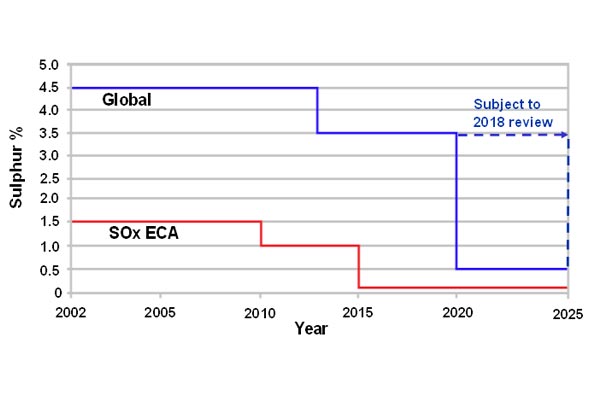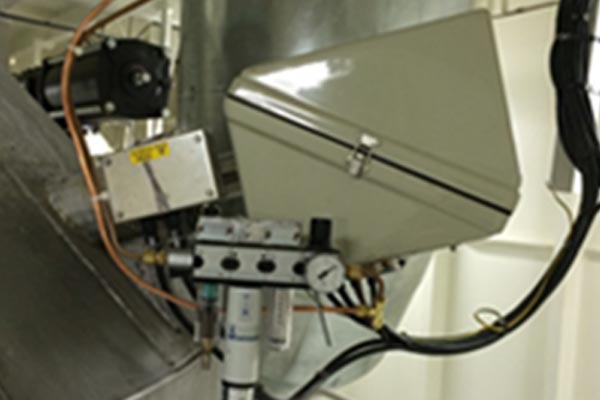Marine Emissions & Compliance
Marine Continuous Emission Monitoring
The need to demonstrate environmental responsibility is key for today’s marine and offshore industries. Charterers and the public demand high standards of performance and reliability. Fuels and exhaust gas emissions are also the subject of international, regional and national controls. The most significant is International Marine Organisation (IMO) MARPOL Annex VI.
Regulations for the Prevention of Air Pollution from Ships, which also applies to mobile offshore drilling units and other oil industry platforms.
All of these ships will have diesel engines of one sort or another, even the very small number of vessels that have turbine driven  power plant.
power plant.
Virtually all ships use liquid fossil fuels as the main energy source. Fuel grades range from distillate to residual. Distillate 'gas oil' contains little sulphur and is of low viscosity so needs no heating for combustion. Residual 'heavy fuel oil' is black in appearance, contains on average 2.7% sulphur and needs heating to over 120°C for combustion.
Residual fuel is a low value by-product of the refining process and it appears unlikely that refiners will invest in large-scale desulphurisation to provide the industry with the low sulphur fuel it needs.
Sulphur Dioxide (SO2) emissions from a ship result from the sulphur in the fuel, by reducing the percent sulphur the SO2 emission into atmosphere can be significantly reduced. The IMO set th e time line and levels for reduction of sulphur and hence SO2 emissions.
e time line and levels for reduction of sulphur and hence SO2 emissions.
The options open to the ship owners and operators is to either use low sulphur fuel at higher cost or use high sulphur fuel and fit an Exhaust Gas Cleaning Systems and scrub the SO2 emissions to or below the level which would result from 0.1% Sulphur Fuel in Emission Control Area (ECA) or 0.5% Sulphur Fuel Globally.
Protea Manufacture the only In-Situ Classification Society approved Marine Emission Monitoring Analyser capable of reporting the SO2:CO2 ratio as required by IMO’s.
Protea P2000M Ranges:
Sulphur Dioxide SO2 - 0 - 30 / 100ppm
Carbon Dioxide CO2 - 0 - 15%
SO2:CO2 Ratio - 0 - 30